Dell U3011 Review: Dell's New 30-inch Flagship
by Brian Klug on January 13, 2011 9:17 PM ESTHardware Impressions and Specs
If there's one thing I've learned doing display reviews, it's that the 30-inch segment represents (as it should) the best of the best. Entries here have the most input options, features, best panels, and the highest resolution you can get for the money. It's a breath of fresh air to play with a real 16:10, 2560x1600 display after toying with 1080P monotony for so long. If the displays industry worked anything like the CPU industry, we'd have 300 PPI displays with no response lag, infinite contrast, and all for way less than we're paying now. If there was a new year's resolution display manufacturers should make, it's that they stop making 1080P panels in 2011.
Anyhow, today we're talking about the Dell U3011. I got the chance to review HP's 30 inch monitor, the ZR30w, back when it launched, and will use it as a mental comparison. The Dell U3011 is a refresh of the Dell U3008WFP, and brings a 10-bit per color panel with 12-bit internal processing, more input options, factory calibration (more on that later), and is supposedly 1 ms faster in the response time department.
The specs for Dell's new 30 inch display are in the table below:
| Dell UltraSharp U3011 | |
| Video Inputs | 2xHDMI, 2xDVI-D w/HDCP, 1xDisplayPort, VGA (D-SUB), Component |
| Audio Output | 3x3.5mm audio jacks (5.1 audio out supported) |
| Panel Type | H-IPS with CCFL Backlight (Panel: PH5NY07U076L) |
| Pixel Pitch | 0.2505 mm |
| Colors | 1.07 billion (30 BPP color - 12 BPC internal processing) |
| Brightness | 370 nits (typical) |
| Contrast Ratio | 1,000:1, or 100,000:1 (dynamic) |
| Response Time | 7 ms (GTG), 17 ms (GTX max) |
| Viewable Size | 30" (756.23 mm) |
| Resolution | 2560 x 1600 at 60 Hz |
| Viewing Angle | 178 degrees horizontal and vertical |
| Power Consumption (operation) | 250 watts (max), 110 watts (typical) |
| Power Consumption (standby) | 2 watts standby, 1 watt off |
| Screen Treatment | Matte/Anti-Glare, Hard Coating |
| Height-Adjustable | Yes: 3.55 inches travel |
| Tilt | Yes: 10 degrees - 20 degrees |
| Pivot | No |
| Swivel | Yes |
| VESA Wall Mounting | Yes: 100 mm x 100 mm |
| Dimensions w/ Base (WxHxD) | 27.34" (694.5 mm) x 22.5" (571.3 mm) x 8.32" (211.3 mm) |
| Weight | 27.72 lbs (12.6 kg) with stand, 20.40 lbs (9.3 kg) without stand |
| Additional Features | Integrated USB 2.0 hub with 4 USB ports, 7 in 1 media reader, 5.1 audio pass through, factory calibration |
| Limited Warranty | 3 years - repair or replacement |
| Accessories | Power, DVI, DisplayPort, VGA cables. Factory Calibration Report. |
| Price | U3011: $1349.00 |
So first up is the display itself. Aesthetically it's almost exactly what you'd expect from Dell in a monitor, and follows their relatively consistent industrial design quite well. The display bezel is entirely black plastic just like we've seen with almost every other Dell, and there's a huge square black stand.
The U3011 has a silver-colored strip that runs around the outside of the display, much like the ZR30w has. However, unlike HP's metal strip, Dell's is plastic. The display bezel on the U3011 is just under 1 cm thinner at the edge than HP's, though both get much thicker at the center.
The stand the U3011 comes with is decently sturdy, providing tilt, rotation and height adjustment, but no pivot. Height on the U3011 can adjust from about 3 cm to 12 cm from the top of the plastic stand to the bottom of the bezel. Dell advertises 10 cm of travel - I can definitely see that much travel, which is definitely welcome. The other added bonus is that HDMI, DVI, and DisplayPort cables don't crash into the plastic base and bend worrisomely even with the display at its lowest height adjustment setting. I wish the U3011 went up a bit higher, because it seems like I inevitably use the highest adjustment point whenever I'm connecting cables, but too lazy to rotate the whole monitor. It's just shy of being tall enough where I can squeeze my head underneath - oh c'mon, everyone does that, right?
There's also about 30 degrees of tilt in the up direction, and about 5 degrees downwards.
Rotation on the base is about +/- 30 degrees, which is more than sufficient. Thankfully, the base on the U3011 is nice and smooth through the rotation, with no annoying backlash or chatter which generally makes entire displays and desks shudder.
Dell has placed the 7 in 1 card reader (xD/SD/MS/MMC) on the left side of the U3011. Down below it are two of the four USB 2.0 ports connected to the U3011's internal hub.
The lower one has a power symbol which indicates that it's capable of supplying more current - 1.5 amps of it to be exact, for 7.5 watts of charging power. Though that should be more than sufficient to charge an iPad, connecting one resulted in the same "Not Charging" behavior one would see from a normal 500 mA port. It's unclear to me whether the USB charging specification is being implemented correctly on the display or not. Other devices charge fine, but likewise do so on normal 500 mA ports. In addition, the USB ports only provide power when the upstream USB-B port is connected - you can't use the ports to just charge devices without connecting the hub to something. I tested a 32 GB SD card in the reader, which worked just fine as well.
The backside of the U3011 is nothing new or special if you've seen Dell's other recent display designs. It's just scaled up to be larger, and looks the same. Personally, I find it classy and applaud the consistency, even if the Dell logo up top is positively gigantic (but then again, everyone does that). The stand has a cable routing port, but lacks positioning clips or guides like I've seen on other displays.
Finally, the I/O ports on the U3011 are where they should be at the base of the display, but high enough up that we don't run into cable routing issues. The U3011 also has a nice sticker facing outwards with all the ports positioned appropriately - something super useful when connecting things up from a weird contorted angle. The U3011 provides a ton of input options - two DVI-D ports, two HDMI 1.3a ports with Deep Color support, D-SUB for VGA, DisplayPort, and component video in. Moving along are the two remaining USB 2.0 downstream ports, USB-B upstream port, and lastly three 3.5mm audio out jacks for doing 5.1 audio pass through from HDMI. Oh, there's also a DC power jack in case you're using the Dell speaker bar with the U3011 which is an added accessory - we didn't get a chance to try that. I'd say the input options on the U3011 are impressive overall, just like we expect from a 30-inch display.
If you use your own VESA mounts with displays, the U3011 will work as long as you get one beefy enough for it. The weird part about the U3011's mounting arm is that it connects to the 100 mm VESA mount on the backside of the display with 4 T-10 Torx screws. That just seems like an obtuse choice for something which should be easily user-accessible. It's a small nit to pick, but this choice just really puzzles me since I doubt average users have all the Torx bits sitting around.
The U3011 is supposed to come calibrated from the factory, accompanied by a calibration report showing Delta-E tracking averaging below 5.0. Our U3011 came with no such report, and as we'll show later also didn't perform very well out of box in our color tracking validation test. We later learned that this is because our U3011 is a pre-production sample which is identical to the shipping model, just without factory calibration. In addition our panel was the A00 revision.
Last but not least is packaging. The U3011 packaging is generic and doesn't draw attention - there's Dell written on it, and U3011 on the corner. It's like the other Dell packaging I've seen before. What I found interesting is that the U3011 comes fully assembled and in one piece inside the box. The mounting arm is preattached, and two styrofoam pieces at top and bottom which hold it securely. The U3011 packaging is actually far smaller than HP's for the ZR30w.
More shots of the U3011 in our gallery below:


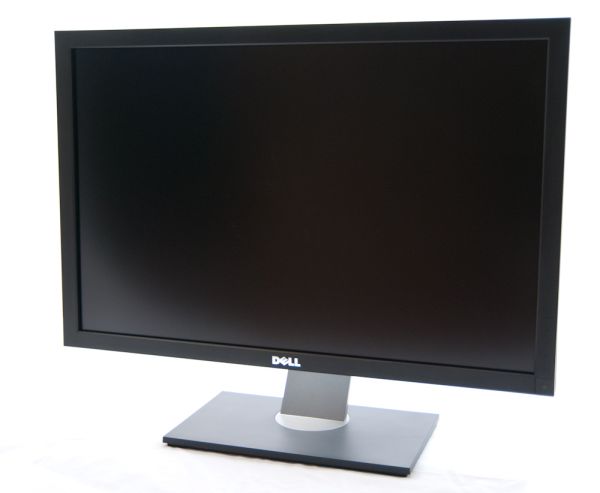
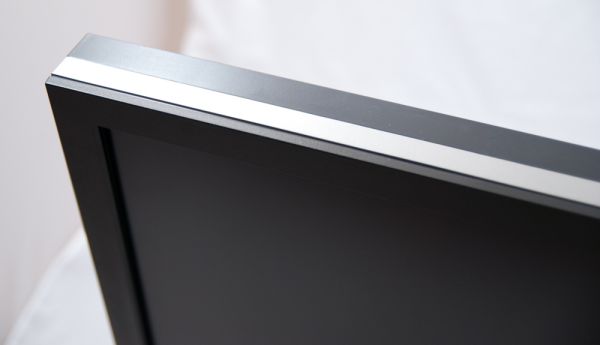

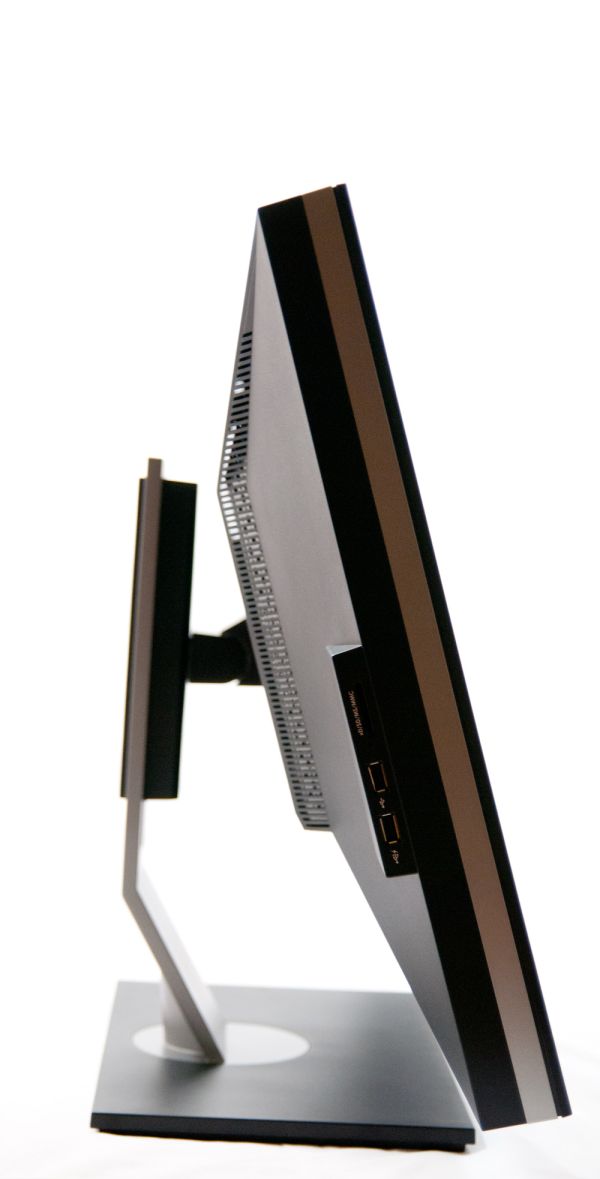
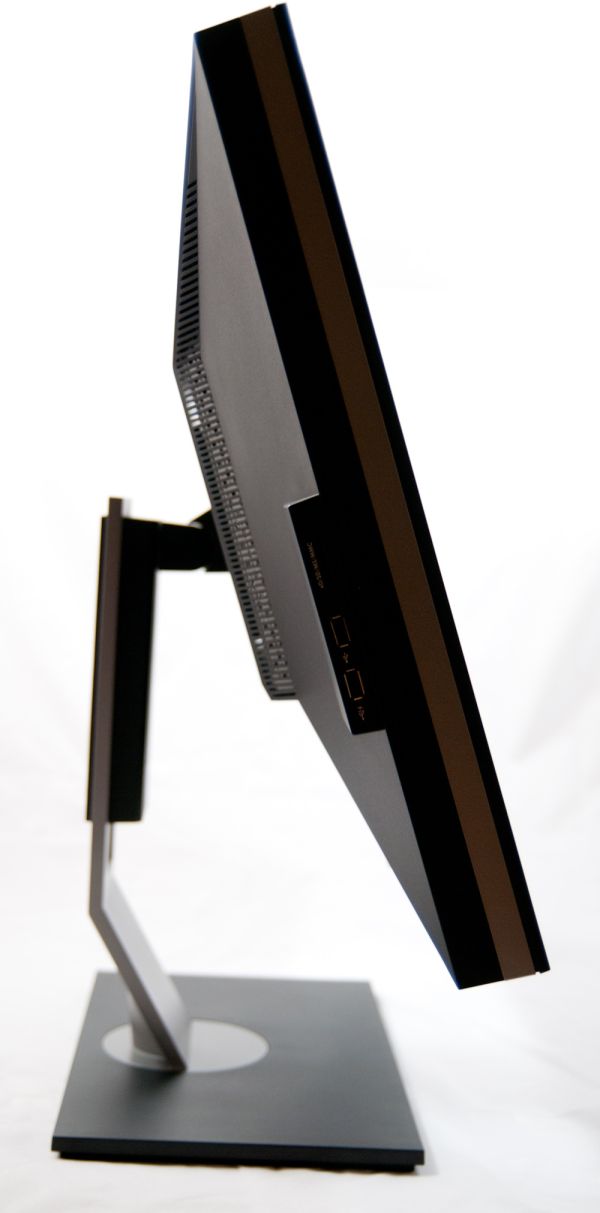
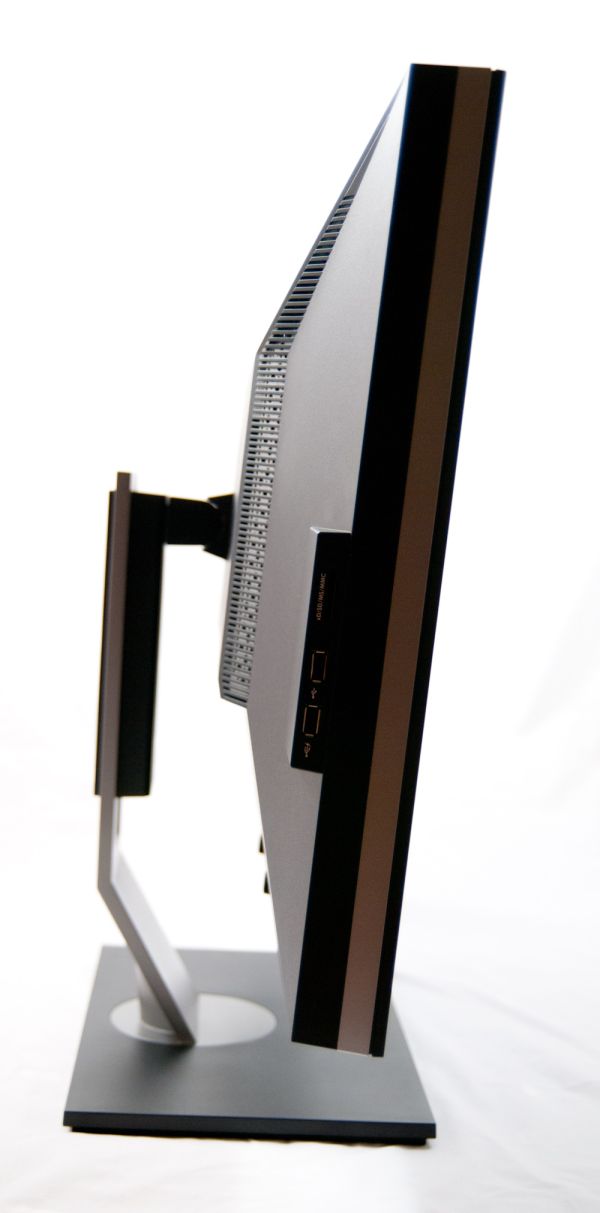
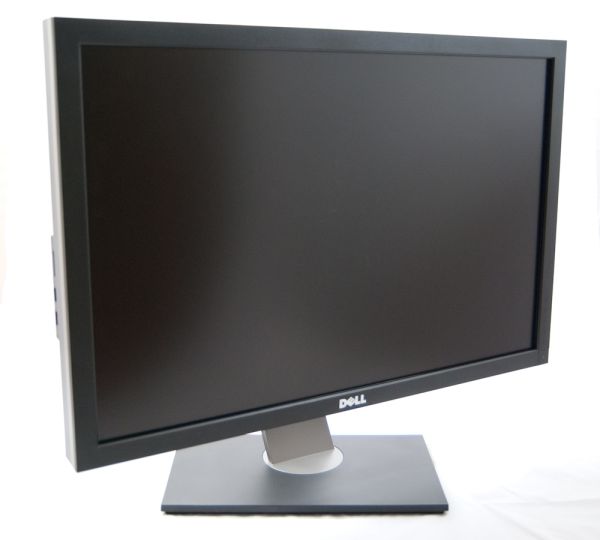
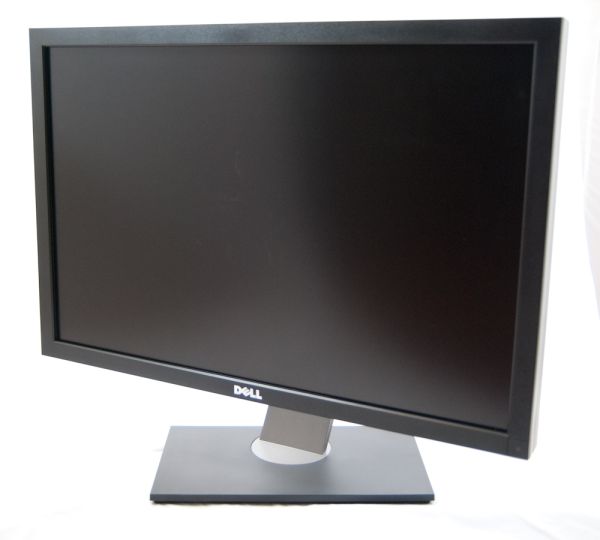
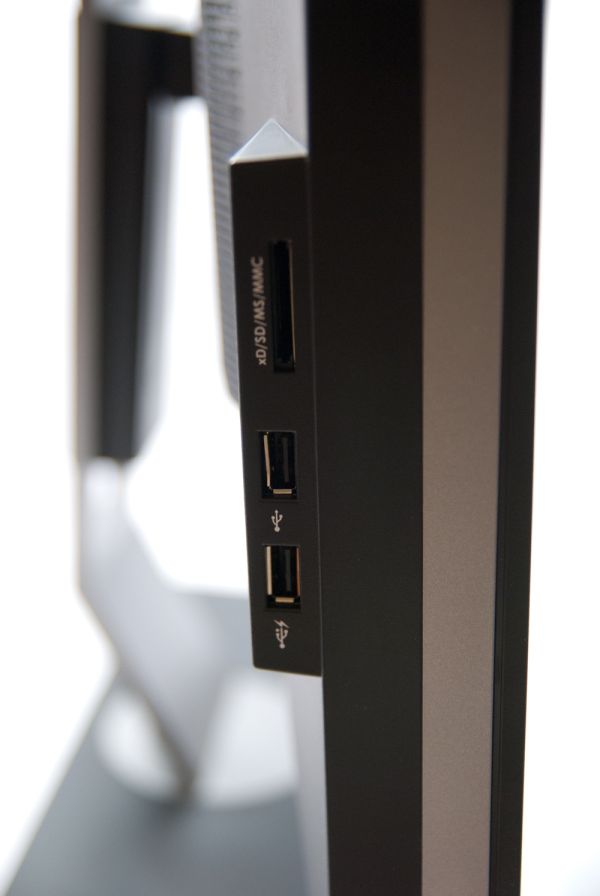
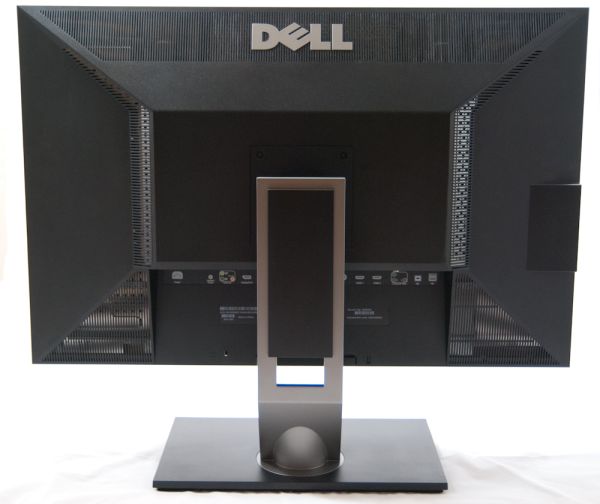
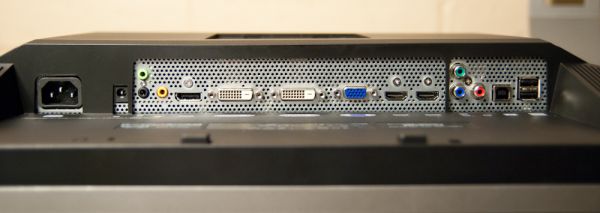
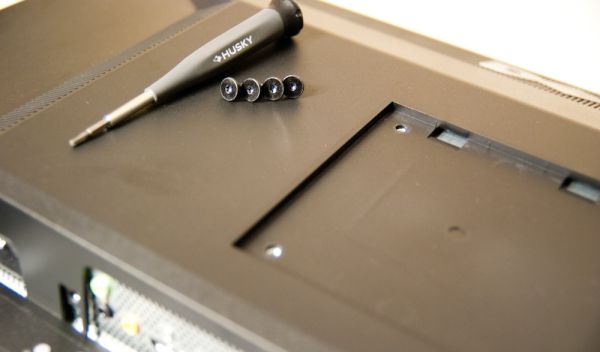
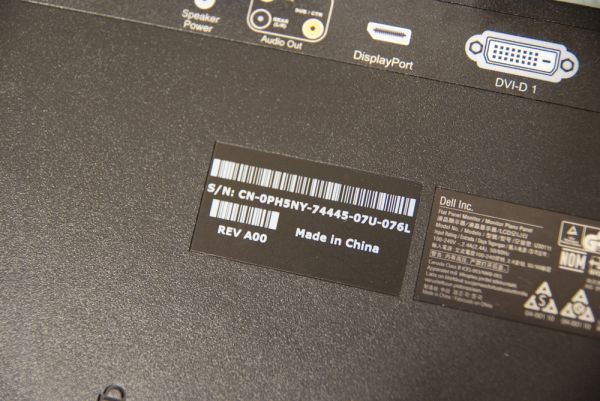















123 Comments
View All Comments
dymelos - Thursday, January 13, 2011 - link
I am running the 3008wfp now and I am extremely interested to know how it compares to this new one? Any insight on it? Or maybe an update to include more 30" models that have been around for awhile? Thanks for the awesome review otherwise.B3an - Saturday, January 15, 2011 - link
I'd like to know this as well but dont think that monitor was ever reviewed on here. Weird considering how popular it was.I have the 3008WFP and also the HP ZR30w thats been reviewed on here before and also mentioned in this article.
They say the HP's colours are slighter better than the new Dells when calibrated, well theres not even much difference between my HP ZR30w and my older Dell 3008... but it is better (i have them both colour calibrated too).
And the HP also has more uniform backlighting with less bleed, and theres no noticeable lag.
I couldn't even notice the lag on the Dell 3008WFP until i got the HP monitor, had them both running side by side, and dragged a window down the middle between them. On the 3008 it lags about half a centimetre behind and it seems the lag is still there on the new Dell...
Another thing is, the HP switches res a lot quicker.... the 3008 can take it's time to come back on when the resolution is changed, pretty annoying. I'd like to know if the new Dell also does this.
kasakka - Saturday, January 15, 2011 - link
I've got a 3008WFP too and I agree that the res/input switching lag is rather high on it. It's quite annoying because it takes a lot of time for the display to come out of sleep. The OSD also seems much improved on the 3011.However, I haven't noticed input lag on my A02 revision. I have a Sony HDTV that according to hdtvtest.co.uk has 0-10 ms input lag and running both displays in clone mode I saw no real difference between them.
Have you run into problems with colors on the HP? Since it has no OSD, things like games should reset colors to whatever is calibrated from the factory because they don't understand color profiles. At least the 3008WFP has terrible color presets before calibration so I imagine that would be an issue if there are no hardware controls for color settings.
B3an - Sunday, January 16, 2011 - link
I have an A02 revision too. The only way to really see lag is to have another display right next to the 3008 thats the same size/res, then have an extended desktop spanning across both displays, and drag a window down the middle, so half of the window is on the 3008, and the other half on the other display. Even then you can only just see it.Colour with games isn't a problem much on the HP, it's default colours are pretty good, just a little cold. They're much better than 3008's factory default, and it's harder to notice with games compared to the desktop anyway.
If the HP had the Dell U3011's OSD and the card reader, then i think it would be the perfect display.
PLZReggie - Sunday, January 23, 2011 - link
Hey B3an,Iahev a U3011 and I can say it DOES still take its time switching resolutions. No change there.
GTaudiophile - Thursday, January 13, 2011 - link
Brian,How would you subjectively compare the U3011 and the U2711?
I am personally on the fence, debating whether the price difference is worth the 3 inches.
For me, I would use it primarily for general office use, followed by Photoshop/digital photography, and then gaming last.
Thanks.
Brian Klug - Thursday, January 13, 2011 - link
I think quality wise both are pretty close, and I've seen the U2711 for extremely cheap on slickdeals and other places occasionally. Granted, I did see the U3011 for $1045 last week as well, so it's one of those things that's entirely luck-bound.Honestly I'm a bit partial to the U2711 because of it's lower pixel pitch/higher PPI (I'm a fan of insanely high PPI). That can also be a downside if you have a hard time reading text without scaling.
-Brian
CSMR - Friday, January 14, 2011 - link
Comparing the Anandtech reviews, the U2711 seems much better designed. The minimum brightness level of the U3011 of 159cd/m^2 is well beyond a normal optimum brightness. (See http://www.eizo.com/global/support/wp/pdf/wp_08-00... )It's as if Dell thinks their monitors are going to be used outdoors in broad daylight.
Also some photographers are suspicious of dynamic contrast - I haven't looked into this, but if you don't use dynamic contrast, the black level on the U3011 is going to be unacceptably high (as the figures in the review show).
DanNeely - Friday, January 14, 2011 - link
The upper brightness is driven by a combination of sharing parts with TVs (if you're farther away the optimum brightness is higher than for a monitor right in front if you), stats inflation (idiots who think bigger numbers are always better), and to make it look good in show rooms that typically have ambient lighting cranked to excessive levels (it supposedly helps hide the crappy nature of cheap panels). The high minimum brightness is because CCFL backlighting can only operate over a brightness range of about 2.5x, so the minimum is always ~40% of the max.I'm not sure what you're getting at with the dynamic contrast comment. The blackest black will be just as dark with brightness at minimum as with dynamic contrast turned on, and because of the standard overpowered backlight it will probably be near there most of the time to remain comfortable to use.
CSMR - Saturday, January 15, 2011 - link
I don't fully understand the measurements of dynamic contrast. It does seem to me that if they advertise a 10x advantage in contrast ratio with dynamic contrast on, and getting their figures from 2.5* the lowest brightness setting, that the lowest black level is 10/2.5x less than it is without dynamic contrast and with minimum brightness. Unless there is some additional way to cheating on the figures?A black level 4x lower would be very acceptable.